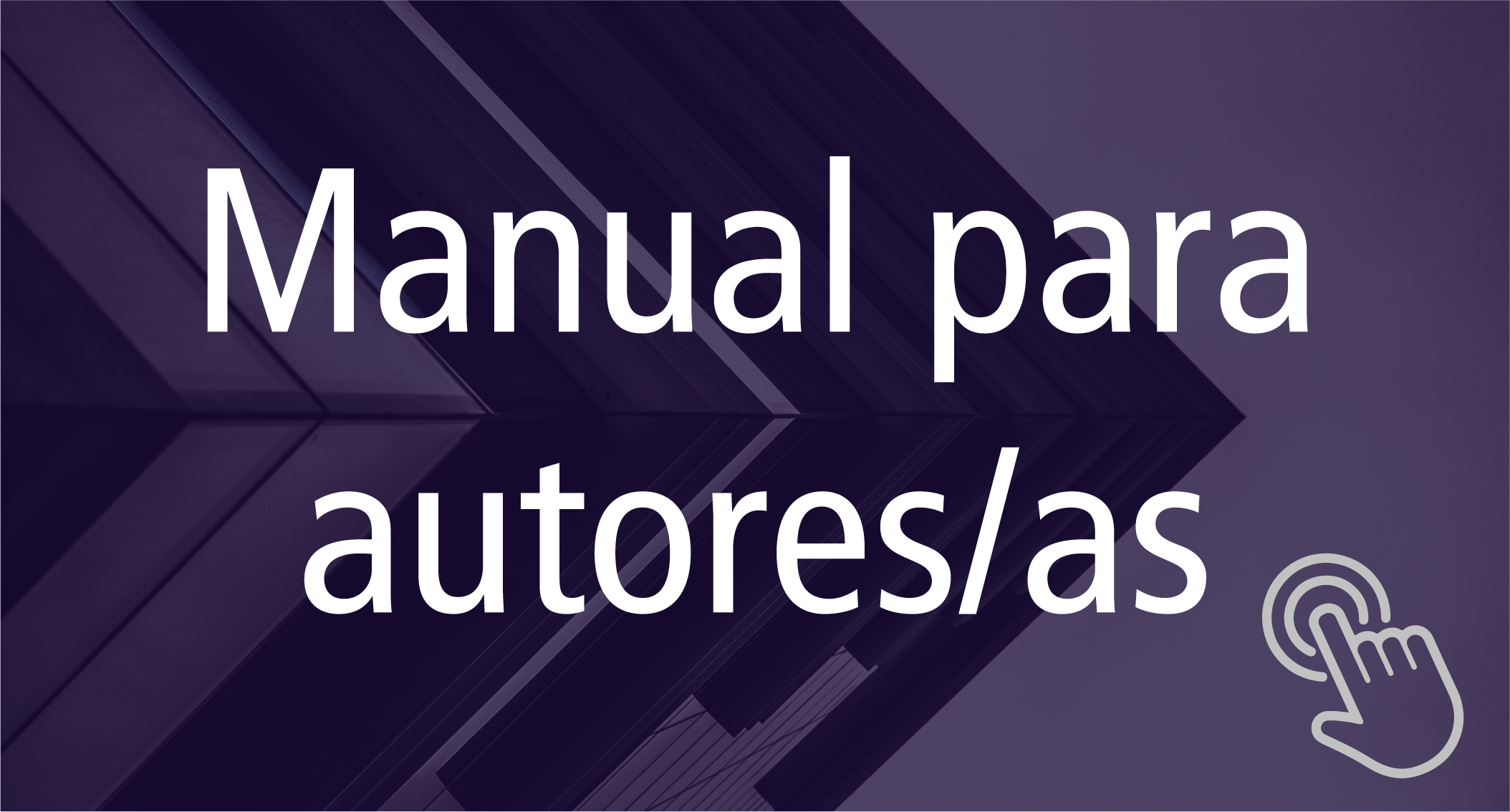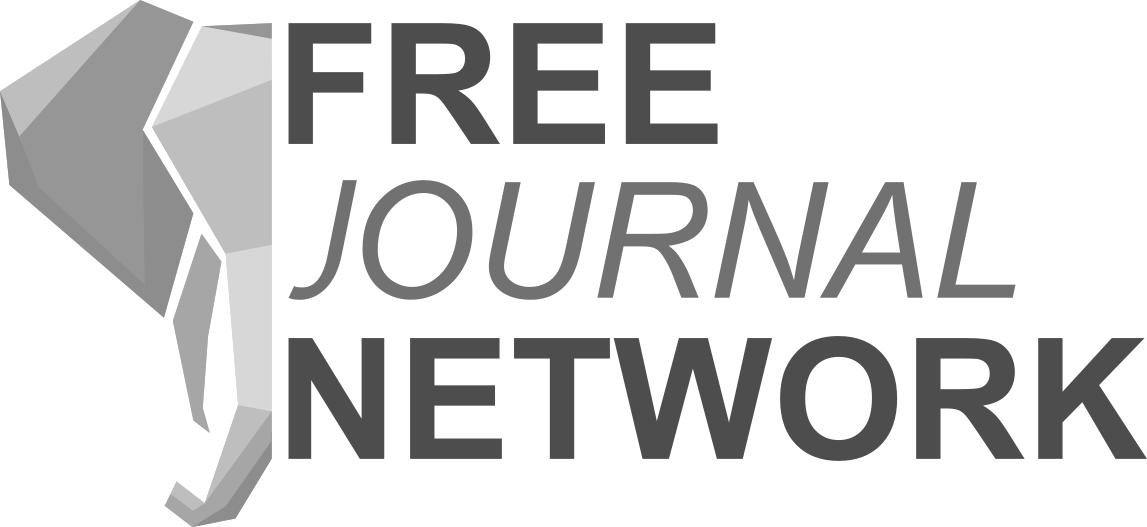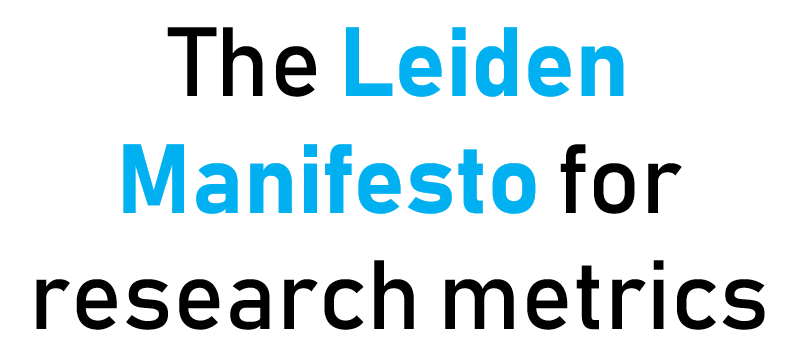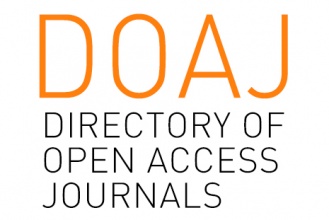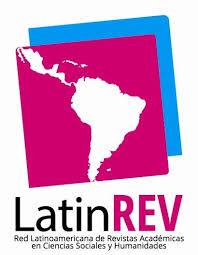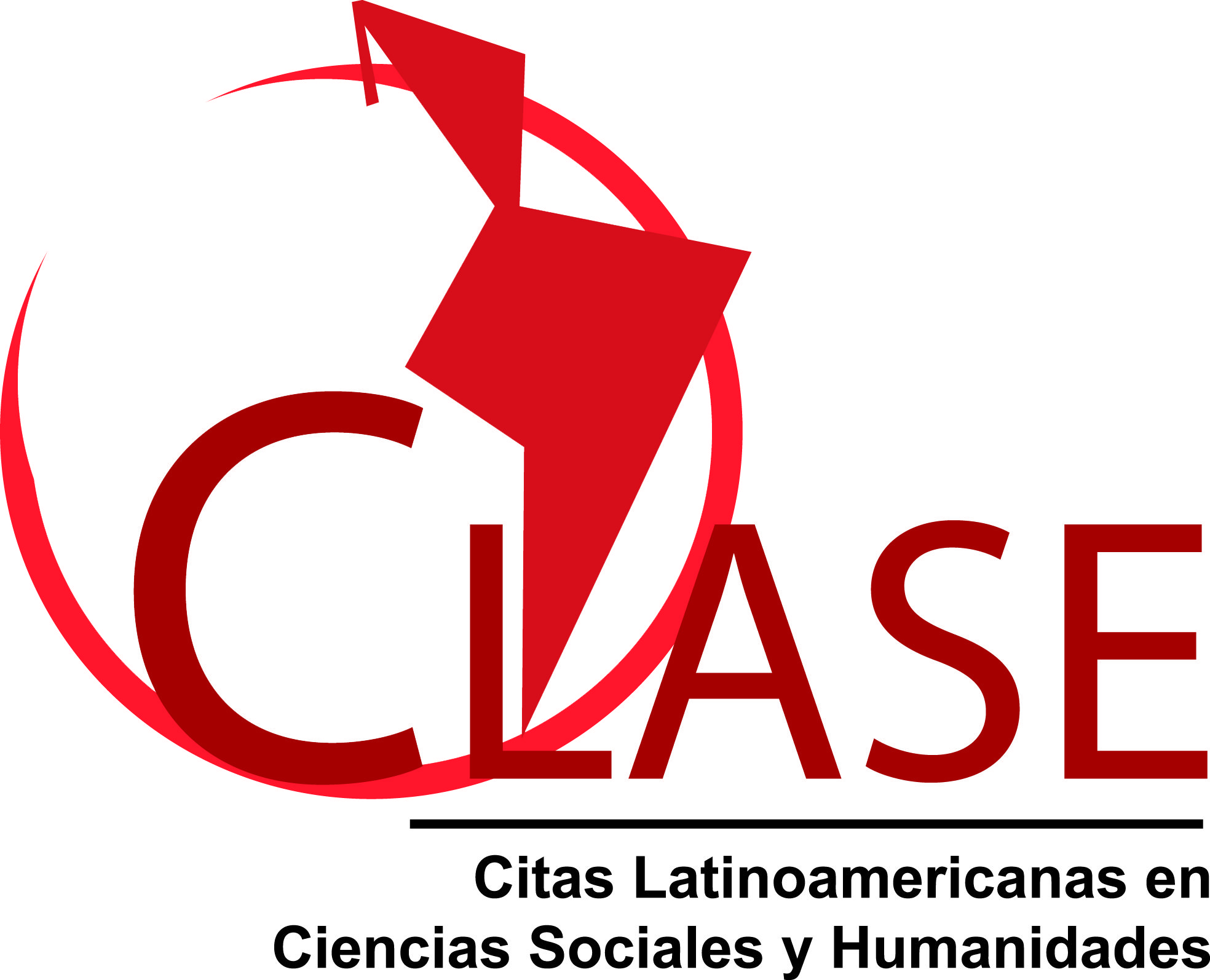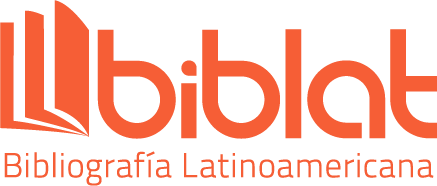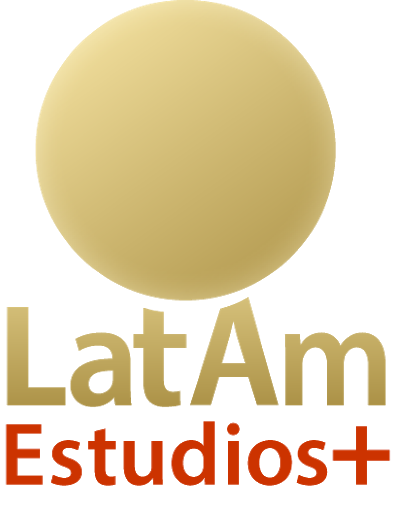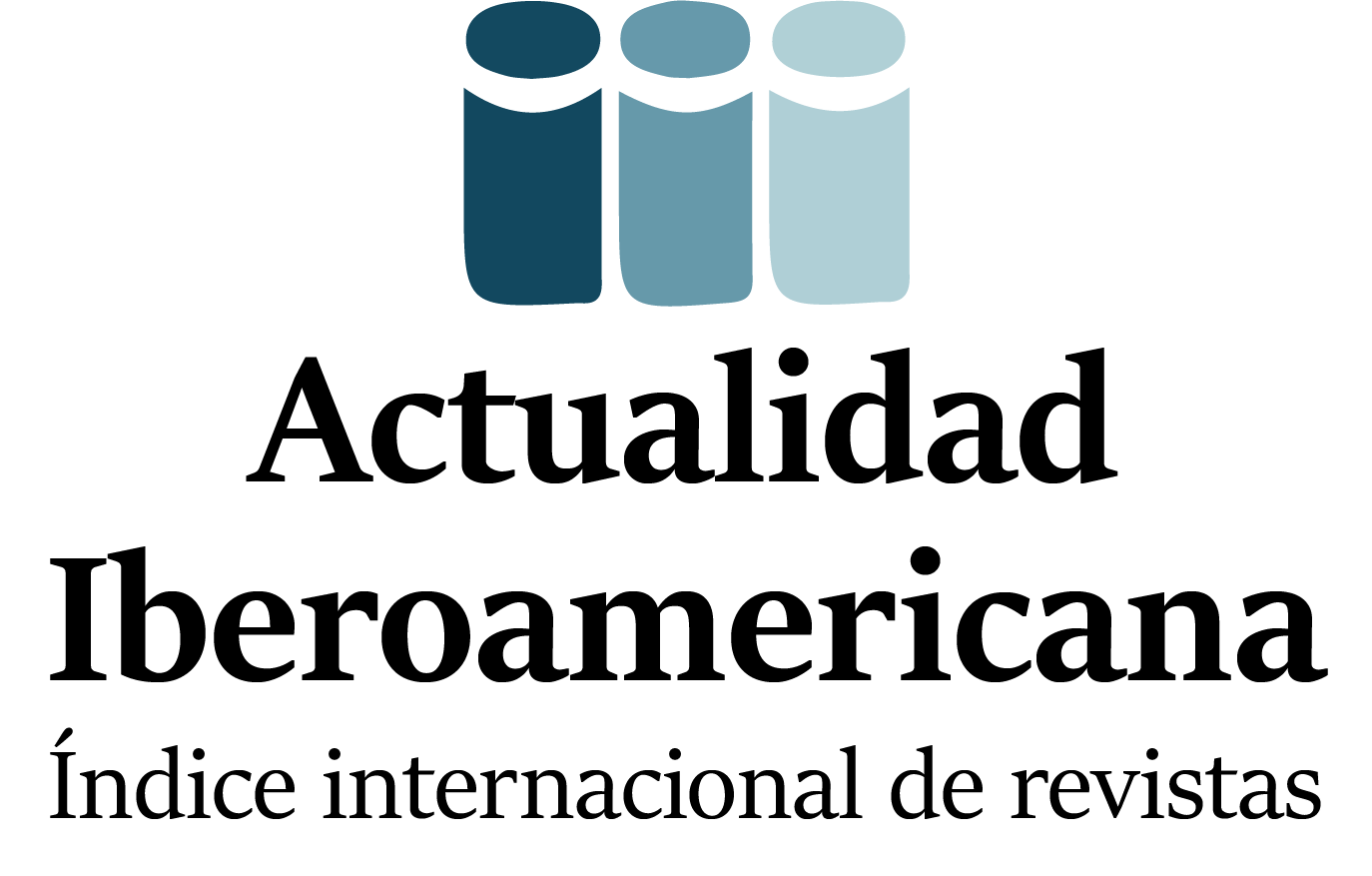Analysis of the effects of chronification on users admitted to a monovalent psychiatric institution
DOI:
https://doi.org/10.24215/2422572Xe071Keywords:
chronification, asylums, users, effects, law 26.657Abstract
The work proposes to advance in the characterization of the chronification effects seen in users interned in a monovalent psychiatric institution in the province of Buenos Aires. This production is born from the questions and observations that have arisen within the framework of the university volunteer project "Redes". The methodology implemented by the team consists of weekly workshops aimed at users from a wide range of recreational and artistic activities according to their interests. For the purposes of this work, the control mechanisms of the asylums are delimited in order to distinguish the effects that are evident in their users. To this end, indicators of the functioning of these institutions are cut out. Then, we move on to describe the subjective effects observed in the workshop space. The starting point is a critical look at the mental hospital, with Law 26.657 and the ethics of psychoanalysis as the main axes.
Downloads
Metrics
References
Basaglia, F. (2000/2008). La condena de ser loco y pobre (F. Molina y Vedia, trad). Topía.
CELS & Mental Disability Rights International. (2007) Vidas Arrasadas. La segregación de las personas en los asilos psiquiá tricos argentinos. Un informe sobre derechos humanos y salud mental en Argentina. Siglo XXI.
Cohen, H. y Natella, G. (2013). La desmanicomialización: Crónica de la reforma del sistema de salud mental en Río Negro. Lugar.
De Battista, J. (2019). Saber-poder en el origen de la psiquiatría. En J. De Battista (coord.), Aportes interdisciplinarios en psicopatología. Tomo I: Clínica de las psicosis en la psiquiatría clásica (pp. 19-24). EDULP.
Deleuze, G. (1989/2010). ¿Qué es un dispositivo? En G. Canguilhem (ed.), Michel Foucault, filósofo (A. L. Bixio, trad.) (pp. 155-162) Gedisa.
Freud, S. (1914/2017). Introducción del narcisismo. En sus Obras completas. Vol. XIV (J. L. Etcheverry, trad.) (pp. 67-98). Amorrortu.
Freud, S. (1921/2013). Psicología de las masas y análisis del yo. Introducción. En sus Obras Completas. Tomo XVIII (J. L. Etcheverry, trad.) (pp. 67-69). Amorrortu.
Foucault, M (1973/ 2005) El poder psiquiátrico (H. Pons, trad.). Fondo de Cultura Económica.
Galende, E. (2008). Psicofármacos y salud mental. Lugar.
Goffman, E. (1961/1972). Internados. Ensayos sobre la situación social de los enfermos mentales (M. A. Oyuela, trad.). Amorrortu.
Greiser, I. (2012). Psicoanálisis sin diván. Los fundamentos de la práctica analítica en los dispositivos jurídicos-asistenciales. Paidós.
Lacan, J. (1984/2008). Escritos 2 (T. Sergovia, trad.). Siglo XXI.
Laurent, E. (2000). Psicoanálisis y salud mental. Tres Haches.
Ley Nacional de Salud Mental nº26.657, República Argentina (2010). http://servicios.infoleg.gob.ar/infolegInternet/anexos/175000-179999/175977/norma.htm
Lupano, N. S. y Rodríguez, M. E. (2017, noviembre). Efectos clínicos de los dispositivos de taller en los procesos de desinstitucionalización [presentación en congreso]. VI Congreso Internacional de Investigación. Facultad de Psicología (UNLP), La Plata (Argentina).
Pérez, E. (2008). Instituciones totales y producciones subjetivas. En M. Del Cueto (Comp.), Diagramas de psicodrama y grupos (pp. 147- 154). Ediciones Madres de Plaza de Mayo.
Tendlarz, E., Loprete, N., Fernández Tayeldín J., Pérez Cabalar, M. C. y Salles, A. (2009, noviembre). "Algo interesante ocurre en nuestros talleres..." [presentación en congreso]. II Congreso Internacional de Investigación: “Psicología y construcción de conocimiento en la época”. Facultad de Psicología (UNLP), La Plata (Argentina).
Ulloa, F. (1995/2005). Novela clínica psicoanalítica. Paidós.
Downloads
Published
How to Cite
Issue
Section
License
![]()
Authors who publish in this journal accept the following conditions:
- Authors retain the copyright and assign the right of first publication to the journal, with the work registered under a Creative Commons attribution license (CC-BY), which allows third parties to use what is published whenever they mention the authorship of the work and the first publication in this magazine.
- Authors can make other independent and additional contractual agreements for the non-exclusive distribution of the article published in this journal (e.g., include it in an institutional repository or publish it in a book) as long as they clearly indicate that the work was published for the first time in this magazine.
- Authors are allowed and encouraged to publish their work on the Internet (e.g., on institutional or personal webpages) before and during the review and publication process, as it can lead to productive exchanges and greater and faster dissemination of published work (see The Effect of Open Access ).


